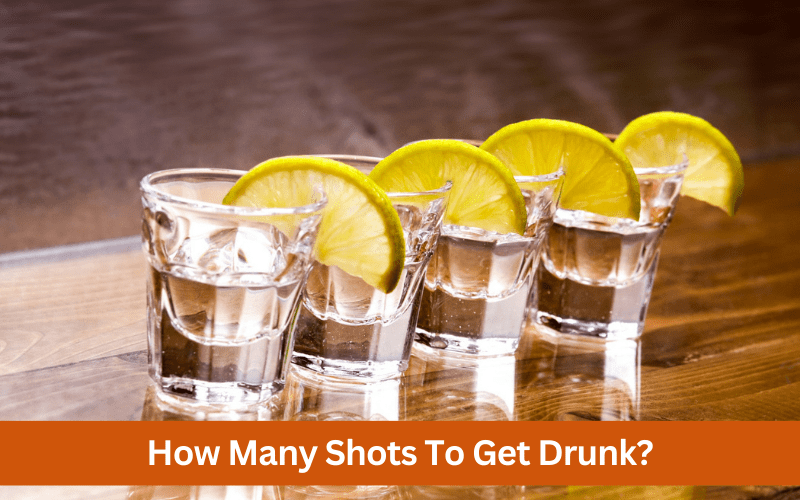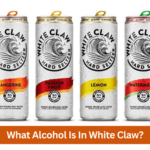Ah, the age-old question that has puzzled drinkers for generations: how many shots to get drunk? Four or five shots? It’s a question that can be as daunting as it is exciting, and one that many of us have probably asked ourselves at one point or another. I remember my first time drinking, wondering how much I could handle before I started feeling the effects. It’s a rite of passage, a moment of discovery that many of us go through. But as we grow older, the question becomes more than just a curiosity. It becomes a matter of responsibility and safety, and one that we should all have a better understanding of. So, let’s dive into the science behind alcohol intoxication and figure out just how many shots to get drunk.
What Is a Shot?
A shot is a small serving of an alcoholic beverage, typically around 1.5 fluid ounces (44 milliliters) in volume. It’s usually served in a shot glass or other small container and consumed in one gulp. Shots are commonly consumed as a means of quickly and efficiently consuming alcohol, and can be made with a variety of different alcoholic beverages such as vodka, whiskey, tequila, or rum.
While shots can be a fun and social way to enjoy alcohol in moderation, excessive consumption can lead to negative health consequences and should be avoided.
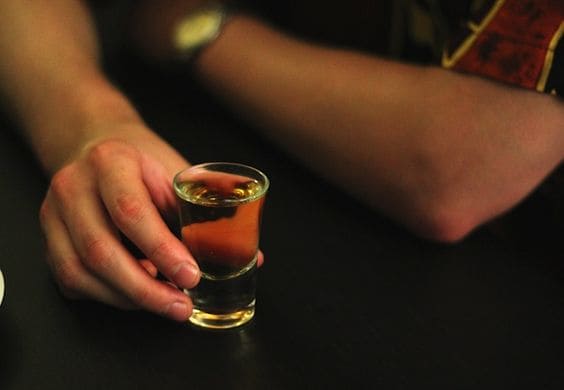
Factors Affecting Your Tolerance
Some of the key factors that can affect an individual’s tolerance to alcohol. Here’s a bit more information about each of these factors:
Gender and sex
Women tend to have a lower tolerance for alcohol than men due to differences in body composition and metabolism. Women typically have a higher percentage of body fat, which does not absorb alcohol, and lower levels of the enzyme that breaks down alcohol.
Body weight and mass
Individuals with a higher body weight and mass tend to have a higher tolerance to alcohol than those with lower body weight and mass. This is because alcohol is diluted in a larger body, which slows down its absorption into the bloodstream.
Age
As individuals age, their tolerance for alcohol may decrease due to changes in liver function and metabolism. Additionally, older individuals may be more sensitive to the effects of alcohol due to changes in brain chemistry.
Drinking habits
Regular heavy drinking can increase an individual’s tolerance to alcohol over time, as the body adapts to the presence of alcohol. However, this can also lead to alcohol dependence and addiction.
Genetics
Some individuals may have a genetic predisposition to higher or lower tolerance to alcohol. This can affect the way the body metabolizes alcohol and the way the brain responds to its effects.
Food intake
Eating food before or during drinking can slow down the absorption of alcohol into the bloodstream, leading to a lower BAC and increased tolerance. Conversely, drinking on an empty stomach can lead to a higher BAC and decreased tolerance.
How Many Shots Does It Take To Get Drunk?
How many shots to get drunk? Four or five shots is typically enough for the average individual to feel the effects of alcohol. You can get intoxicated after two or three shots, and seven or more will make you highly inebriated.
The answer to how many shots can you get at once also depends on several factors, including the individual’s gender, body weight, metabolism, and the alcohol content in each shot. Here is what you need to know about how many shots it takes to get drunk for women and men.
How many shots to get drunk for the first time?
t’s important to note that getting drunk is not a safe or healthy goal to pursue. However, if you’re asking how many shots to get drunk for the first time, it can vary depending on several factors. Body weight, gender, and tolerance to alcohol can all play a role.
For an average-sized adult with a low tolerance for alcohol, it may only take a couple of shots to start feeling the effects of alcohol.
It’s essential to drink responsibly, especially if it’s your first time drinking, and to always stay hydrated and avoid drinking on an empty stomach. Drinking in moderation is key to avoiding the negative consequences of alcohol consumption.
How many shots to get drunk woman?
On average, it takes fewer shots for women to reach a state of intoxication compared to men. This is because women generally have a lower body weight and less body water than men, which means that alcohol is more concentrated in their bloodstream. To reach a BAC of 0.08% [1], which is the legal limit, it usually takes around three-to-four shots for an average-sized woman.
How many shots to get drunk man?
For men, the number of shots required to get drunk can vary depending on their body weight, body fat percentage, and other factors that affect alcohol metabolism. On average, it takes around five shots for an average-sized man to reach a BAC of 0.08%, which is the legal limit for driving in most countries. However, this can vary depending on individual factors and should not be taken as a definitive answer.
Different Types of Alcoholic Beverages
Here’s a list of different types of alcoholic beverages, sorted by ABV (Alcohol By Volume) percentages, with additional examples:
- Vodka: ABV 40-95%
Examples: Grey Goose, Absolut, Smirnoff
- Tequila: ABV 50-51%
Examples: Patrón, Jose Cuervo, Don Julio
- Rum: ABV 36-50%
Examples: Bacardi, Captain Morgan, Malibu
- Whiskey: ABV 36-50%
Examples: Jack Daniel’s, Jim Beam, Johnnie Walker
- Gin: ABV 36-50%
Examples: Bombay Sapphire, Tanqueray, Hendrick’s
- Fortified Wine: ABV 16-24%
Examples: Port, Sherry, Vermouth
- Unfortified Wine: ABV 9-16%
Examples: Chardonnay, Cabernet Sauvignon, Pinot Noir
- Beer: ABV 4-10%
Examples: Budweiser, Heineken, Guinness
- Hard Cider: ABV 4-8%
Examples: Strongbow, Woodchuck, Angry Orchard
- Malt Beverage: ABV 15-20%
Examples: Mike’s Hard Lemonade, Smirnoff Ice, Bacardi Breezer
- Liqueurs: ABV 15-55%
Examples: Baileys Irish Cream, Amaretto, Kahlúa
It’s important to note that the ABV of a beverage can vary depending on the brand, and different countries may have different regulations and definitions for what constitutes a standard drink. It’s always best to drink responsibly and within your limits, regardless of the type of alcoholic beverage you consume.
How many shots of Vodka to get drunk?
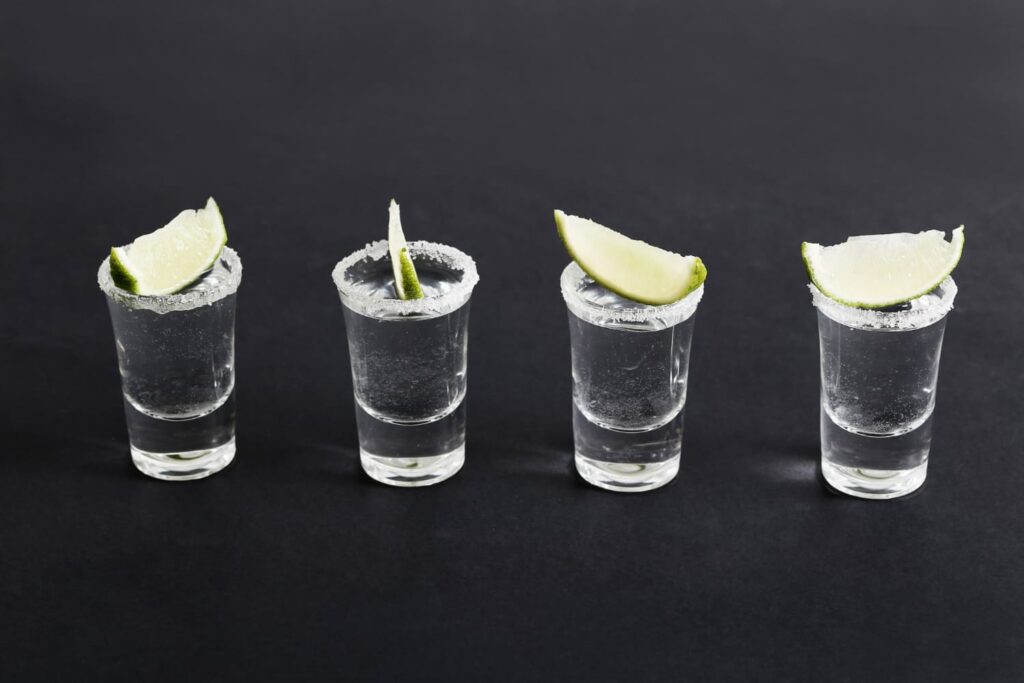
For an average-sized adult with no alcohol tolerance, it may take about 4-5 shots of vodka (1.5 oz per shot) to reach a BAC of 0.08%, which is the legal limit for driving in most countries.
How many shots to get drunk Whiskey?
Based on the fact that a 750 ml bottle of whiskey typically has 40% ABV, which is a relatively high concentration of pure alcohol, consuming multiple shot glasses of whiskey can lead to intoxication.
Assuming a standard serving size of 30-45 ml per shot glass, a person would need to consume approximately four shot glasses of whiskey to become intoxicated.
However, it’s important to remember that the actual number of shots required to get drunk can vary depending on individual factors such as body weight, tolerance, and other factors that affect alcohol metabolism. Drinking responsibly and in moderation is always recommended to avoid the negative effects of alcohol consumption.
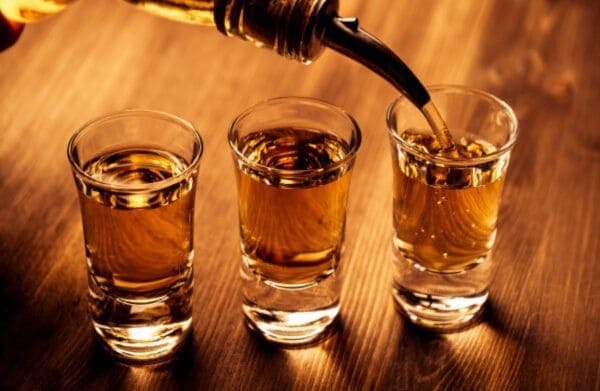
How many shots to get drunk Tequila?
According to the general rule of thumb, the average person would experience mild intoxication after consuming 2 shots of tequila, moderate intoxication after 4 shots, and anything more would likely result in severe intoxication
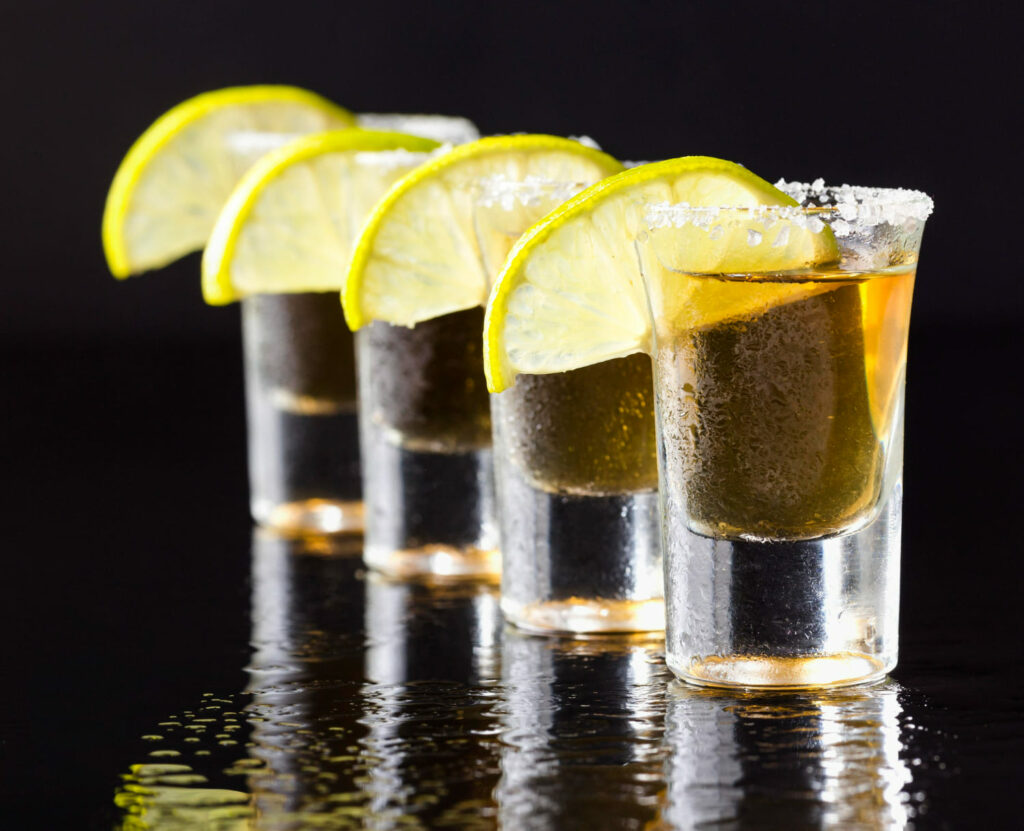
How may shots of Gin to get drunk?
On average, it may take around 3-4 shots of gin to get drunk for an average-sized adult with a normal tolerance for alcohol. However, the number of shots needed to get drunk can vary depending on factors such as body weight, metabolism, and the strength of the gin being consumed.
How may shots of Rum to get drunk?
Typically, it takes about three to four shots of rum for most people to start feeling drunk. However, the actual number of shots required to get drunk can vary based on individual factors. It’s also crucial to note that if an individual is smaller in physique, they may feel the effects of alcohol sooner than someone larger
How many Jello shots to get drunk?
To answer the question, it’s important to consider that Jello shots are typically made with a small amount of alcohol, usually mixed with gelatin and water. While they may taste strong, the truth is that there isn’t a significant amount of alcohol in each shot.
On average, you would need to consume approximately four Jello shots to equal the alcohol content of a single shot of liquor.
How much Fireball to get drunk?
If you consume alcohol regularly, it may take less Fireball to get drunk due to factors such as tolerance and alcohol metabolism. However, on average, consuming 5 standard size servings of Fireball, whether plain or with ice, can lead to drunkenness within an hour. This is because Fireball typically has an ABV of 33%, which is higher than some other types of alcoholic beverages.
How many shots of Hennessy to get drunk?
Based on the general guideline that people get drunk after 5 or 6 shots on average, it can be assumed that it would take a similar number of shots of Hennessy for an average-sized adult with no alcohol tolerance to reach a state of intoxication.
How many Jager Bombs to get drunk?
Despite its popularity as a party drink, Jager Bombs are not as strong as many other cocktails, particularly if they’re made with Red Bull instead of beer. However, it’s important to drink responsibly as it’s still easy to go overboard with this drink. Generally, 2-3 Jager Bombs may be sufficient to leave you feeling buzzed.
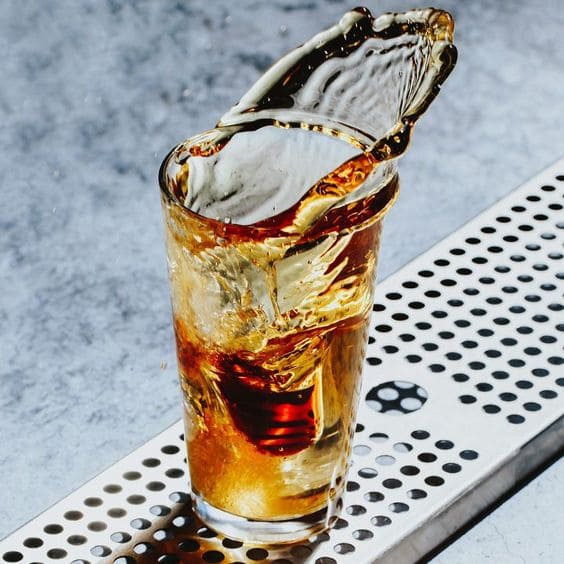
How many shots of Brandy to get drunk?
On average, it may take around 4-5 standard shots of Brandy for an average adult male to get drunk. Females, on the other hand, may start feeling tipsy on 2-3 shots of Brandy due to their lower body weight and different body composition. If your body weight is on the heavier side, it may take more than 5 Brandy shots to get drunk.
How many shots of Bacardi to get you drunk?
Based on the information available, it can be said that for an average person, consuming more than three shots of Bacardi (40% ABV rum at 80 proof) can lead to a state of intoxication.
How many shots of Soju to get drunk?
It may take 5-7 shots of Soju to get drunk for an average-sized adult with a normal tolerance for alcohol.
But please note that excessive alcohol consumption can lead to serious health problems and dangerous behavior, so it is always best to drink in moderation and know your limits.
How many shots of Kahlua to get drunk?
An individual may need to consume about 4 or 5 shots of Kahlua to get drunk. This is due to the fact that Kahlua has a relatively low alcohol content of 20% (40 proof) compared to some other alcoholic beverages.
As a result, it is weaker, and more shots may need to be consumed to reach the same level of intoxication. Nevertheless, excessive drinking is never recommended, and it is important to drink responsibly and stay within one’s limits.
How Fast Do You Feel the Effects of Alcohol?
Alcohol can start to affect the body within minutes of consumption, although it may take some time for an individual to feel the full effects.
How Long Does a Shot Take to Kick in?
The effects of a shot of alcohol typically begin to kick in within about 10 minutes, but this can vary depending on factors such as the strength of the drink and the speed at which it’s consumed.
Signs of Alcohol Intoxication
The California Department of Alcoholic Beverage Control has identified several signs of alcohol intoxication that can help individuals recognize when someone may need assistance. These signs can include:
Reactions
- Slurred words
- Move slowly and deliberately
- Getting less awake
- Speech that is fast, slow, or varies in speed
Inhibitions
- Too over friendly
- Loud
- Changing the volume of what you say. Drinking alone.
- Using bad words
- Having more or more quickly than usual
Physical appearance
- Eyes red and wet
- A mess of clothes
- Sweating
- Smell of alcohol on the person.
- Droopy eyelids
- Reddened (flushed) face
Coordination
- Having trouble with money
- Swaying and sleepy
- Bumping into things
- Falling
Judgment
- Argumentative
- Belligerent
- Sloppy with money
- Unreasonable claims
- Getting lost in thought
It’s important to recognize these signs of alcohol intoxication and take appropriate action to ensure the safety of the individual and those around them. If someone appears to be in a state of alcohol intoxication, it’s best to offer them assistance or contact emergency services if necessary.
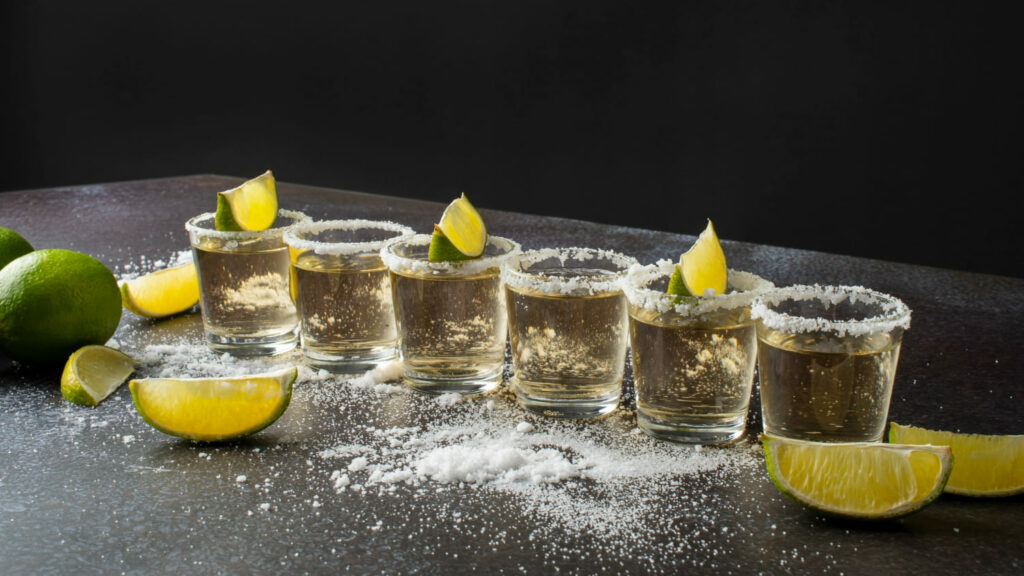
Blood Alcohol Concentration (BAC)
Blood Alcohol Concentration (BAC) is a measure of the amount of alcohol in a person’s bloodstream, typically expressed as a percentage. For example, a BAC of 0.10% means that an individual’s blood supply contains one part alcohol for every 1000 parts blood. This can be influenced by a variety of factors, such as the number of drinks consumed, the alcohol content of those drinks, and the person’s weight, gender, and metabolism.
It’s crucial to note that BAC can vary widely among individuals, and the legal limit for driving under the influence of alcohol is typically set at 0.08% in most countries. It’s always best to drink responsibly and within your limits to avoid the negative effects of alcohol consumption.
Risks of Drinking too much Alcohol
Drinking too much alcohol can have serious health consequences and can increase the risk of several medical conditions. According to the Centers for Disease Control and Prevention (CDC) [2], excessive alcohol consumption can lead to the short and long term of health risks:
- Alcohol poisoning: Consuming a large amount of alcohol in a short period of time can lead to alcohol poisoning, which can be life-threatening.
- Liver disease: Excessive alcohol consumption can damage the liver, leading to liver disease.
- High blood pressure: Drinking too much alcohol can increase blood pressure, which can increase the risk of heart disease and stroke.
- Cancer: Excessive alcohol consumption has been linked to an increased risk of several types of cancer, including breast, liver, and colon cancer.
- Mental health problems: Drinking too much alcohol can lead to depression, anxiety, and other mental health problems.
- Fetal alcohol syndrome: Consuming alcohol during pregnancy can cause fetal alcohol syndrome, which can lead to birth defects and developmental problems in the child.
- Accidents and injuries: Excessive alcohol consumption can impair judgment and coordination, increasing the risk of accidents and injuries.
How to Drink Responsibly
Drinking responsibly means knowing your limits, avoiding overconsumption, and making smart choices to minimize the negative effects of alcohol consumption. Here are some tips on how to drink responsibly:
- Set a limit: Before you start drinking, set a limit for yourself and stick to it. Know how many drinks you can have without experiencing negative effects, and pace yourself accordingly.
- Eat beforehand: Eating a meal before drinking can help slow down the absorption of alcohol into your bloodstream and minimize its effects.
- Alternate alcoholic and non-alcoholic drinks: Drinking water or other non-alcoholic beverages in between alcoholic drinks can help you stay hydrated and minimize the negative effects of alcohol.
- Avoid drinking games: Drinking games can encourage overconsumption and increase the risk of alcohol poisoning. Avoid playing them to stay safe.
- Avoid driving: If you plan to drink, make sure you have a designated driver or use a ride-sharing service to get home safely. Driving under the influence is illegal and dangerous.
- Know when to stop: Pay attention to how your body is reacting to alcohol, and stop drinking when you feel intoxicated or experience negative effects such as nausea or vomiting.
Remember, drinking responsibly is about making smart choices to avoid the negative effects of alcohol consumption. It’s important to know your limits, pace yourself, stay hydrated, and avoid dangerous activities such as drinking and driving.
Common Misconceptions About Alcohol Tolerance
There are several common misconceptions about alcohol tolerance that can be misleading or even dangerous. Here are three of them:
The “one-drink-per-hour” rule
This rule suggests that the body can metabolize one standard drink (such as a 12 oz. beer or a 5 oz. glass of wine) per hour. While this is a useful guideline, it is not always accurate as alcohol metabolism can vary widely depending on factors such as body weight, gender, and metabolism.
Beer is less intoxicating than liquor
Many people believe that beer is less intoxicating than liquor, but this is not necessarily true. The alcohol content of beer can vary widely, and drinking several beers can have the same effects as drinking several shots of liquor.
Frequent drinking to improve tolerance
Some people believe that they can increase their alcohol tolerance by drinking frequently, but this is not the case. While regular drinking may lead to a higher tolerance for the immediate effects of alcohol, it can also lead to long-term health problems and increase the risk of addiction.
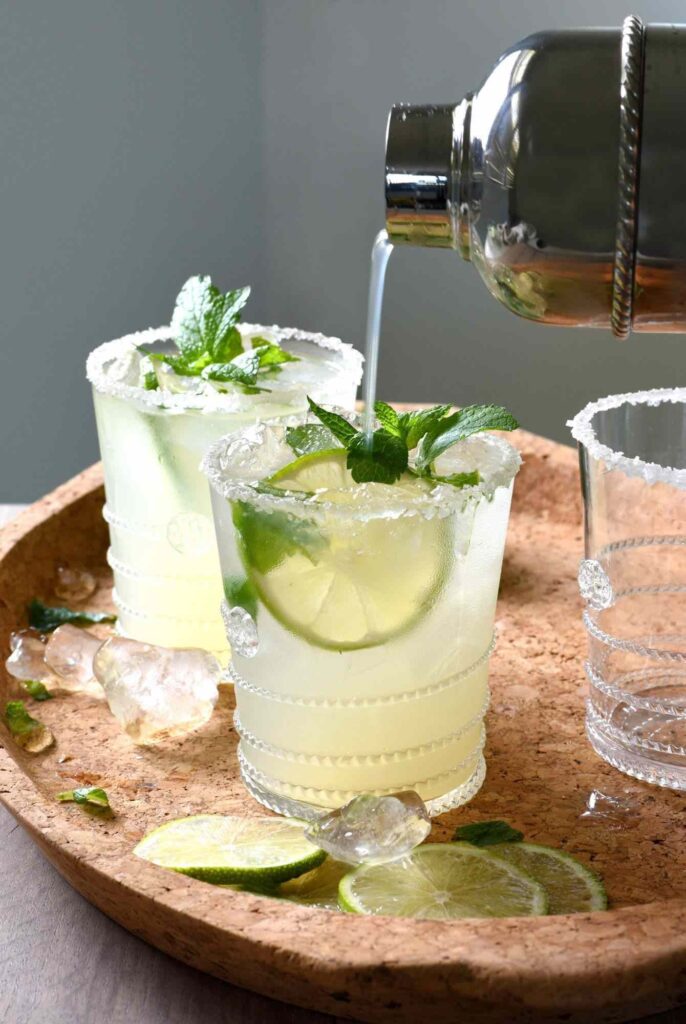
How to Get Sober as Fast as Possible?
The only way to completely sober up from alcohol is to give your body enough time to metabolize the alcohol. However, there are some steps you can take to speed up the process and lessen the effects of alcohol:
- Stop drinking alcohol: The first step is to stop consuming alcohol, as this will prevent any further absorption of alcohol in your bloodstream.
- Drink water: Drinking water can help to hydrate your body and flush out some of the alcohol. It can also help to reduce the severity of a hangover.
- Eat food: Eating food can help to slow down the absorption of alcohol and provide your body with much-needed nutrients.
- Get some rest: Rest can help your body to recover and sober up faster. It can also prevent you from engaging in risky behaviors while under the influence of alcohol.
- Seek medical attention if necessary: If you or someone you know has consumed a dangerous amount of alcohol or is showing signs of alcohol poisoning, seek medical attention immediately.
How to Increase Your Tolerance Safely
Here are some general tips that may help increase your tolerance to alcohol safely:
- Gradual increase: Gradually increasing the amount of alcohol you consume over time may help increase your tolerance to it.
- Hydration: Staying hydrated by drinking water or other non-alcoholic beverages in between alcoholic drinks can help minimize the negative effects of alcohol and increase tolerance.
- Food: Eating a meal or snack before drinking can help slow down the absorption of alcohol into your bloodstream and reduce its negative effects.
- Exercise: Regular exercise can help increase your metabolism and liver function, which can help you process alcohol more efficiently and increase tolerance.
- Genetics: Genetics play a role in how the body metabolizes alcohol, so some individuals may naturally have a higher tolerance to alcohol than others.
FAQs
Is it safe to mix different types of alcohol?
Mixing different types of alcohol can be dangerous as it can increase the risk of alcohol poisoning and other negative effects. When different types of alcohol are combined, the effects can be unpredictable and may lead to faster intoxication.
How long does alcohol stay in your system?
Alcohol stays in the system for different periods depending on several factors such as the amount and type of alcohol consumed, weight, gender, age, and metabolism. On average, it takes about one hour for the body to metabolize one standard drink of alcohol. However, the effects can last for several hours, and the alcohol can remain detectable in the body for up to 80 hours or more.
How can I tell if I have a drinking problem?
There are several signs that can indicate a drinking problem, including drinking to excess, feeling a compulsion to drink, being unable to stop drinking, drinking alone or in secret, neglecting responsibilities, and experiencing negative consequences as a result of drinking. If you suspect that you or someone you know may have a drinking problem, it’s important to seek help from a healthcare professional.
How drunk will 10 shots get you?
The effects of 10 shots of alcohol can vary depending on factors such as body weight, gender, and tolerance. However, consuming 10 shots of alcohol can lead to a high level of intoxication, impair judgment and coordination, and increase the risk of negative consequences such as accidents or alcohol poisoning.
Is 3 shots of vodka a lot?
The number of shots of vodka that can be safely consumed without experiencing negative effects can vary depending on individual factors such as body weight, gender, and tolerance. However, for an average-sized adult with no alcohol tolerance, it may take about 3-4 shots of vodka to reach a state of mild intoxication.
What alcohol gets you drunk the fastest?
The type of alcohol that gets you drunk the fastest can vary depending on factors such as the alcohol content, how much is consumed, and how quickly it’s consumed. Generally, hard liquor such as vodka, tequila, and whiskey can have a higher alcohol content and can lead to faster intoxication than beer or wine.
Do true feelings come out when drunk?
Alcohol can lower inhibitions and affect judgment, which can lead to the expression of feelings that may not normally be shared. However, alcohol can also distort judgment and cause a person to act out of character or say things that they do not really mean.
Are shots painful?
The sensation of taking a shot of alcohol can vary from person to person. Some people may find it painful or unpleasant, while others may not mind it.
Does taking a shot relax you?
Generally, alcohol can have a relaxing effect on the body and can help reduce feelings of anxiety or stress. However, excessive consumption of alcohol can lead to negative effects such as impaired judgment and coordination, and increased risk of accidents or injury.
Which alcohol has no hangover?
There is no alcoholic beverage that can guarantee a hangover-free experience. The severity of a hangover depends on many factors, including the amount of alcohol consumed, the individual’s tolerance, and hydration level. Drinking responsibly and within your limits can help minimize the severity of a hangover.
Can I drink 21 shots?
Consuming 21 shots of any alcoholic beverage is a dangerous and potentially life-threatening amount of alcohol. It’s important to always drink responsibly, within your limits, and in moderation to avoid negative effects on your health and well-being. If you or someone you know is struggling with alcohol addiction or dependence, seeking professional help is recommended.
Conclusion
As shown above, understanding how many shots to get drunk is more complex than a simple number. The factors that influence alcohol metabolism are numerous and vary from person to person. As someone who has experienced the effects of alcohol firsthand, I believe that responsible drinking and moderation are key to avoiding the dangers of excessive alcohol consumption. By understanding the science behind alcohol intoxication, we can make informed decisions about our drinking habits and ensure that we keep ourselves and others safe. So the next time you’re out with friends and wondering how many shots usually get you drunk, remember to drink responsibly and prioritize your well-being.
References:
[1]: https://www.niaaa.nih.gov/alcohol-health/overview-alcohol-consumption/moderate-binge-drinking
[2]: https://www.cdc.gov/alcohol/fact-sheets/alcohol-use.htm
I’m Chen Mina, from Vol de Nuit, who has a special passion for bartending, especially mixing wine, beer, and cooktail. Here you will find content about alcoholic beverages, I will bring you knowledge that few people know about this drink.

